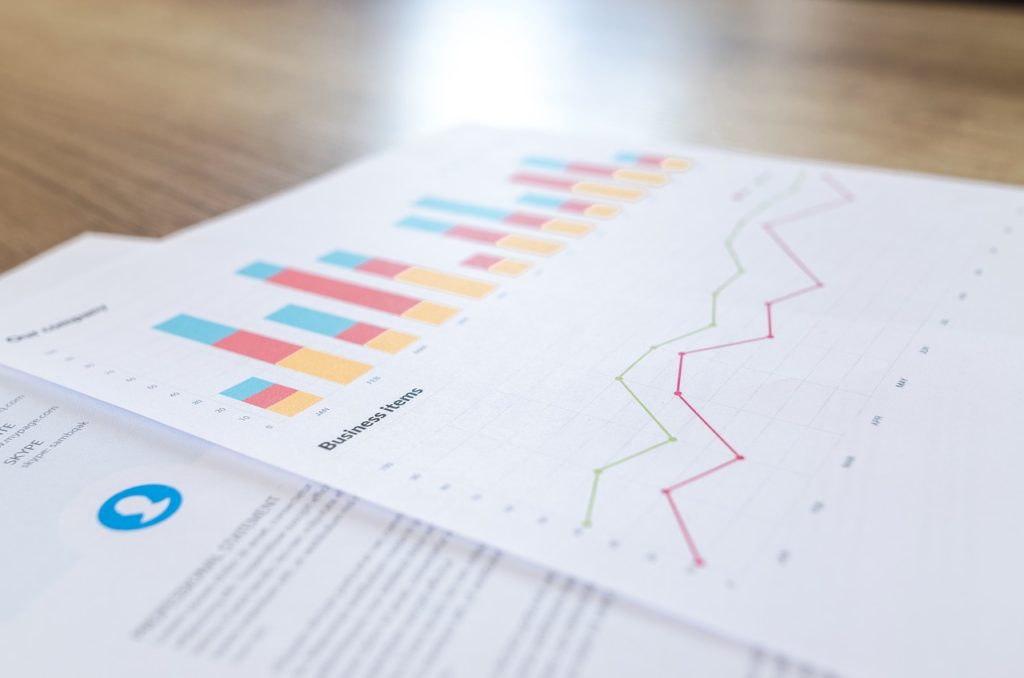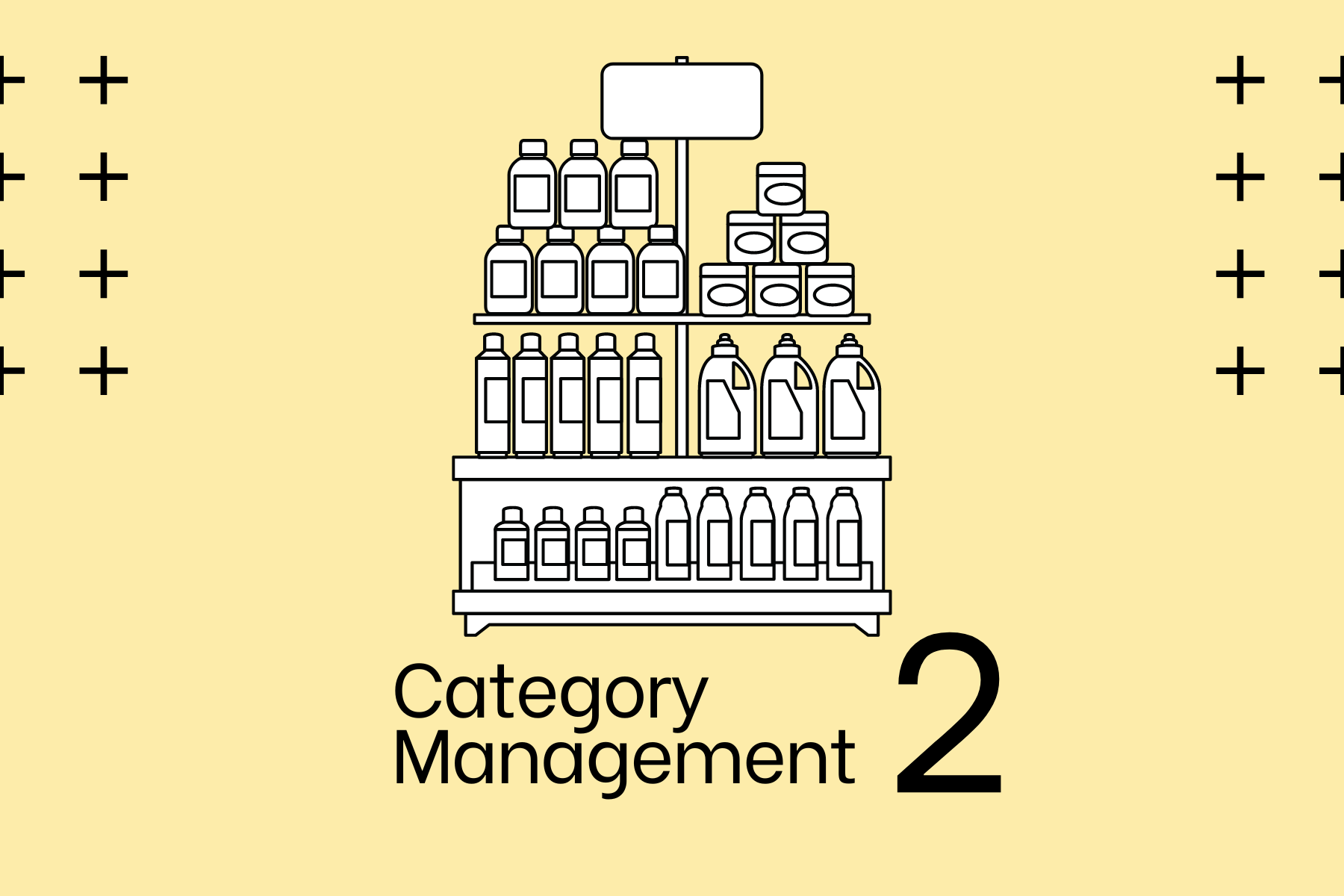I started my professional career as a project associate in the Innovation Centre (IC) of a top Chinese retailer. At that time, the campus was claimed to be the world’s largest retail innovation centre and equipped with some of the best possible facilities for shopper-based research, a real size supermarket was built inside the Centre for research purposes. We were given substantial autonomy by the director of IC to experiment concepts and prototypes, and we also had access to numerous reports from marketing intelligence/data companies. I believe that’s where it all started – my fascination of market insights and consumer/shopper research. I also have to work on regular market/consumer data analysis in later jobs, which can be stressful, but very enjoyable at the same time. In a few blogs, I try to summarise what I have learnt from these years. The first one is an overview of the Grocery Market data (or FMCG data from a different perspective, or CPG data, a term used more in the US, but many people argue it’s “slower” than FMCG, in my blogs, I consider them interchangeable).
1. Two Types of Data
1) Retailer Direct Data: normally include a) full transactional data and b) customer data (loyalty card or frequent shopper data) for your category, including sales of both your own and competitor products. The data would be packaged into easy to run reports on topics such as product and category performance, customer behaviour, ranging, promotions and new product development.
Some examples of UK Retailer Direct Data, most of them working with a data partner, and many have media services on the platform
- Tesco – Tesco Media and Insight, powered by Dunnhumby
- Sainsbury’s and Argos – Sainsbury’s Insights Platform by Nectar 360
- Ocado – Crunch Grocery Insights (many DIY services there too)
- Waitrose – Customer behaviour portal by IRI
- Boots Advantage Card, Morrisons, Co-op, M&S by IRI
2) Syndicated Data: general market data pulled together by third-party vendors, which also include 1) sales/retail data from multiple retailers, such as NielsenIQ scantrack data, 2) consumer panel, 3) market data
Types of Syndicated Data: most companies claim they have solutions for everything, below I’m listing out based on my understanding of their strength
a) Market/country and industry data (market data can be excluded from CPG data as it represents a more holistic view of the market rather on GPG specifically, but I included it since it’s still an important factor to consider for CPG business). Most include forecasts and retail landscape. Examples are:
- Mintel
- Euromonitor
- Edge by Ascential
b) Retail Sales Data
- NielsenIQ: EPOS data excluding Lidl and Audi
- IRI: EPOS data excluding Lidl and Audi
- IGD: focus on retailer and format level based on data from retailer, national statistics and store visits, including store visit report, no volume or category data
- Lumina: mainly in convenience and good to go sector
c) Consumer panel data
- Kantar: 30,000 GB consumer panel
- NielsenIQ: 15,000 GB household panel home scan
- IGD: 1000 GB food and grocery shopper interviews each month
2. The Difference of Nielsen, IRI and Kantar
Nielsen, IRI and Kantar are the 3 most used data suppliers by UK FMCG industry and grocery market. The Grocer, UK’s must-read FMCG news service, quotes both Nielsen and Kantar (sometimes IRI) for their market/category/brand/product reports. It’s worth to understand a bit more of how they work and therefore figure out why their numbers are not always the same and why many use both data.
Methodologies
- Nielsen and IRI: EPOS scan data from major multiples + projection, EPOS data of certain symbol shops + projection and projection of independent shops. 95% online sales are already aggregated into data according to Nielsen.
- Kantar: (to be specific, Kantar Consumer Good Panel. Kantar also has Out-of-Home Panel) panelists scan barcodes of all grocery products they brought home (either from in store or online) + projection to national level
Limitations
- Nielsen and IRI: no Lidl and Audi data, no data that’s masked by retailers
- Kantar: no out-of-home purchase logged (if a product is purchased from Tesco but used on the way home, it’s not included in the data)
With above, we can easily understand why there’s difference of the EPOS data and panel data and when to use them. For example:
- With own label products, Kantar might have better read because it includes data from Lidl and Audi who are heavily reliant on own label products.
- With newly launched products that have very limited distribution, Nielsen and IRI could be a better read since the distribution is too small to pick up by a panel.
- With categories that are often consumed out of home such as soft drinks, Nielsen and IRI could be better read as Kantar only include brought home items.
In an ideal world, you want to buy both data for a complete picture and for understanding why. For example if your Nielsen data shows your sales is declining, maybe Kantar data can tell you it’s because your consumers are switching to a competitor.
3. Tips on How to Use These Data
- To enter a new market or industry: Mintel, Euromontior and Edge by Ascential
- To answer What, When and Where (channel, region, distribution, period, sales fact and product): Nielsen and IRI
- To answer Who and Why (penetration, buying rate, purchase frequency, and basket size): Kantar, IGD and IPSOS
- To have a quick snapshot of the UK overall market (update weekly or monthly)
IRI Demand index: https://indices.iriworldwide.com/covid19/?c=uk&i=0
IRI Inflation tracker: https://indices.iriworldwide.com/covid19/?c=uk&i=4
Kantar Grocery Market Share: https://www.kantarworldpanel.com/en/grocery-market-share/great-britain/snapshot
- To have the result in a short notice: try quick managed surveys, normally with 6-48 hours turnaround time (e.g. Kantar)
- To run affordable researches: try omnibus survey that’s cost effective, but with certain survey schedule you have to follow, for example twice a week or weekly (e.g. GfK, Kantar)
- To understand impact of brands, marketing campaigns and media, could consider Nielsen, Kantar and IPSOS (esp. famous for brand health research), but only when you have decent budget for research or after running a big scale campaign such as TV ad campaign, otherwise, there are many ways to measure marketing impact.
- To understand general retail, CPG, consumer trends, try search reports/blogs/insights from marketing intelligence and consulting companies, many useful insights.
In my next blog, I will write about how to read and use NielsenIQ Data.
Latest Blogs
Covid has changed the entire humanity. Amid all the negatives from hos...
我新认识了一个好朋友。 到了这个年纪,认识一个新的好朋友很不容易。 因为是爸爸朋友的孩子,又是高中校友,我们知道彼此超过20年,但也只是3年...
Following “Category Management – 1 The Basics”, is t...
As originated from retail business, Category Management (Catman) was s...




